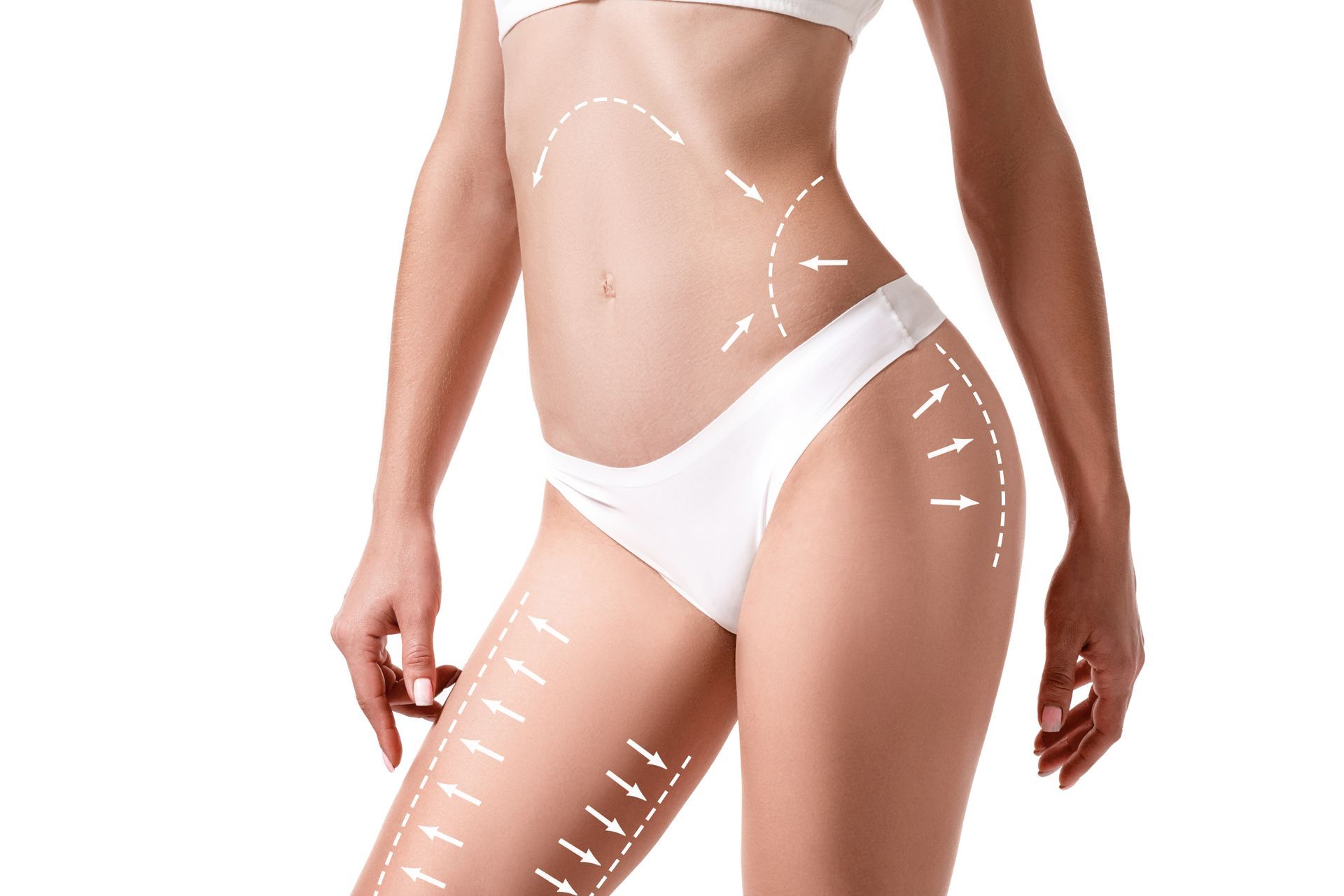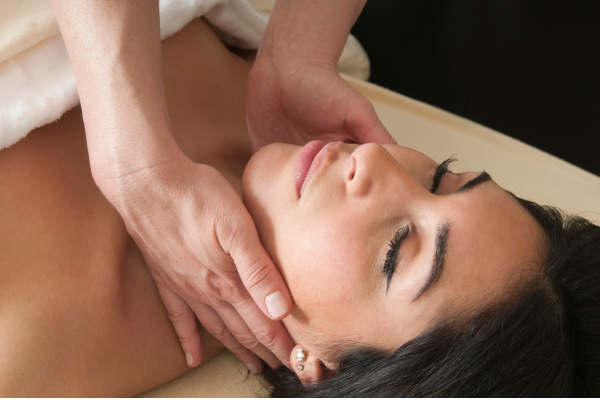Expert Care for Liposuction Recovery: The Crucial Role of Lymphatic Drainage

Liposuction, a widely sought-after cosmetic procedure, offers individuals the opportunity to sculpt their desired body contours. However, the journey towards achieving these results doesn't conclude with the procedure itself. Liposuction recovery represents a vital phase demanding meticulous care and attention for a smooth and successful outcome. Among the key factors contributing to this recovery is lymphatic drainage—a technique paramount in reducing swelling, promoting healing, and optimising overall recuperation. In this blog post, we delve into the significance of lymphatic drainage in liposuction recovery and how Care Next Door Nursing Agency excels in providing expert care and support during this critical period.
Understanding the Liposuction Recovery Timeline
Navigating the recovery process post-liposuction entails a personalised timeline, varying according to individual physiological responses and procedural specifics. Initially, swelling, bruising, and discomfort are common manifestations as the body undergoes natural healing processes. Adherence to tailored post-operative instructions provided by the surgeon is crucial to facilitating effective healing.
During these initial weeks, the body undergoes significant adaptation to its reshaped form. This phase emphasises the necessity of specialised care to mitigate discomfort, minimise swelling, and prevent potential complications that may impede recovery. Understanding and preparing for the stages of recovery lay the groundwork for achieving desired aesthetic results with enhanced comfort.
The Critical Role of Lymphatic Drainage in Recovery
Lymphatic drainage, a post-liposuction therapeutic practice administered by our Registered Nurses, complements natural healing processes, contributing to an expedited recovery period. This specialised technique, focusing on gentle stimulation of the lymphatic system, serves as a vital support pillar. By facilitating the removal of excess fluids and metabolic waste, lymphatic drainage significantly reduces surgery-induced swelling and promotes circulation within affected areas.
Nuanced application of lymphatic drainage not only aids in discomfort reduction but also accelerates healing by preventing complications such as fibrosis, which can compromise aesthetic outcomes. Incorporating lymphatic drainage into post-liposuction care exemplifies a commitment to innovative and quality-centric convalescence, fostering both physical and emotional well-being.
Personalised Care Plans with Care Next Door Nursing Agency
At Care Next Door Nursing Agency, our pride lies in our bespoke care plans tailored to individual needs and preferences. Our adept team ensures not only care provision but also comfort and wellness throughout the critical post-operative phase.
Each recovery plan integrates specialised therapies like lymphatic drainage alongside essential daily care activities. This tailored approach guarantees comprehensive support aligned with evolving needs, fostering a partnership that empowers and reassures.
Enhancing Your Recovery Experience: Additional Support Services
Acknowledging the multifaceted nature of recovery, Care Next Door Nursing Agency offers a range of supplementary support services designed to ensure holistic well-being post-liposuction. From medication management to wound care, our dedicated professionals deliver meticulous attention to every aspect of your recuperation, fostering confidence and comprehensive support.
The Care Next Door Nursing Agency Difference: Expert Support at Every Step
Choosing Care Next Door Nursing Agency as your ally during the liposuction recovery journey ensures unparalleled expertise and meticulous attention. Our seasoned team is committed to tailoring support to your unique needs, integrating advanced therapies like lymphatic drainage to expedite healing and enhance comfort. Beyond clinical interventions, we offer a reassuring presence, guiding you through each phase of recovery with empathy and understanding.
Trust Care Next Door Nursing Agency to be your support throughout the liposuction recovery process, ensuring a seamless journey back to health and the attainment of your desired results.




